Florida Herbal Conference 2016 is now history. Well over two dozen teachers brought nearly twice as many classes to hundreds of attendees during the three-day event. As in the past, it was a sold-out affair long before the first class began on Friday. By the last class Sunday new knowledge was learned, new friends made, and commitment to the cause renewed.
Classes ranged from herbalism to ethnobotany to permaculture. My small part was teaching three classes on wild edible plants. By an interesting coincidence, or great minds think alike, over Friday supper another teacher and I, in this case Mycol Stevens, talked about shikimic acid and glyphosate (Roundup.) They have different but related functions, one as a key ingredient in the base material to inhibit influenza (essentially killing it by sequestering it) and the other a wide-spread plant killer that inhibits a plant’s shikimic pathway (killing the plant.) What a surprise when the keynote speaker of the evening, Paul Stamets, our highest-profile fungi expert in the United States, perhaps the world, touched upon those in his presentation. (To read more about shikimic acid go here then scroll down.) Stamets also outlined the influence mitochondrial chemicals will have in the future from saving bees to eliminating herbicides.
As in previous years it was an excellent event and at a new location in Lake Wales, Fl. You will be able to sign up for the 2017 Florida Herbal Conference soon. Plan on being there. Among the wild edible we saw were Oxalises, Pellitory, Water Hyacinths, Wax Myrtle, Purslane, Lamb’s Quarters, Sow Thistle, Hog Plum, Heartwing Sorrel, Epazote, Turk’s Cap, Yaupon Holly, Dwarf Plantain, Oaks, Grapes, Western Tansy Mustard, Sumac, Pokeweed, Spanish Needles, Caesar Weed, Sweet Bay, Cattails, Gotu Kola, Blackberries, Pickerel Weed, Stinging Nettles, escaped melons, Thistles, and Poor Man’s Pepper Grass.
As I mentioned Poor Man’s Pepper Grass above let me tell a story about it that begins with estrogen, a somewhat unusual place to start. Some plants you eat can increase estrogen in your body, some can lower it, whether you’re female or male. The Cruciferae Clan contains many common vegetables which through various ways reduce estrogens or their subsequent metabolites: Cabbage, Broccoli, Kale, Brussel Sprouts, Turnips, Radishes, Mustards et cetera.
Next came a little coffee shop on wheels at the Winter Park Farmers’ Market on Saturdays. I visit now and then and get a cup of decaffeinated coffee. There’s been a sign there for a long time offering to make me a cup of Maca. I knew it was a South American plant that has been used as a food staple and a source for beverages. Among its claims is to help intimate relationships. It might do this by lowering his level of a particular form of estrogen, estradiol, while also raising testosterone, a win win within reason.
The third step was realizing that Maca is a Lepidium, a close relative to Broccoli. Which species Maca is, in the genus, is a bit fuzzy. The original was called L. meyenii but it has been controversially dubbed L. peruviana. All that information lay dormant in my memory until recently when I actually looked at some Maca for sale in a health food store. It said Lepidium ssp. which means several species, not just one. That is when I made the leap and if you have taken my classes you know where this is going: We have a local Lepidium which is also found in much of North America, L. virginicum.
The entire plant of “Poor Man’s Pepper Grass” is edible, including the root. And while it is peppery it is not always peppery. When it dries and turns brown the wasabi-like sting goes away. What I wonder is if it is dried, and or dried and roasted, will Poor Man’s Pepper Grass make a Maca-like beverage? The plant does not put on a big root and grinding it could be a bit of a chore, but, it might be “free” Maca. It’s an experiment on my list of things to do. It would certainly cost less than boughten Maca.
Upcoming Foraging Classes: Saturday, March 19, Colby-Alderman Park: 1099 Massachusetts Street, Cassadaga, Florida, 9 a.m.
Saturday, March 26th, Dreher Park, 1200 Southern Blvd., West Palm Beach, 9 a.m.
Sunday, April 3rd, John Chestnut County Park: 2200 East Lake Road, Palm Harbor, Florida, 9 a.m.
Sunday, April 10th, Wekiva State Park, 1800 Wekiwa Circle, Apopka, Florida 32712. 9 a.m.
Sunday, April 17th, Bayshore Live Oak Park, 2200 East Lake Road, Port Charlotte, Florida. 9 a.m.
Sunday, May 1st, Wickham Park: 2500 Parkway Drive, Melbourne, Florida 9 a.m.
For more information about classes go here.
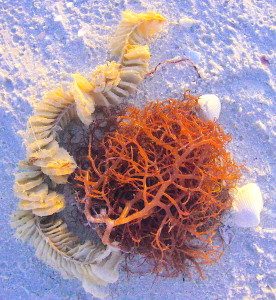
Gracilaria is are reasonably tasty local seaweed. Photo by Green Deane
It’s a question I am asked often: Is seaweed edible? The answer is a qualified yes. Nearly all seaweed, or as some like to call them, sea vegetables, are edible. The problem is they are not all palatable, or tasty. There is one species in cold northwestern waters, Desmarestia ligulata, that has hydrochloric acid in it. That makes itself known quickly. But the same seaweed has been used as a source of acid for making pickles, diluted I am sure. In the Caribbean there is a blue-green algae, Cyanobacteria, that has been linked to ciguareara poisoning (and why we don’t eat Barracuda longer than your forearm.) And there might be some toxic red seaweed in the Southseas as well. The number of toxic seaweed are few. There shouldn’t be any locally. As for palatability, that is a different issue. I think I have written about five seaweeds on the parent website. I was also musing recently how widespread a genus of seaweed can be. In Japan a particular seaweed, Porphyra yezoensis, is called Nori and is quite popular. The Scottish call it Laver (Porphyra umbilicalis.) Scotland and Japan are a long ways apart, no matter how you travel, ye they share a seaweed genus. For me seaweed is always a taste test. If I like it, it goes home with me, if not, no. Also know you can have free-floating seaweed, anchored seaweed, and some species that do both. The point is know the difference so you take home fresh seaweed.
Scores of you have taken the advantage of getting some nearly free mustards seeds from me. I have about half a pound left. As some of you know I am also a gardener. I ordered a few mustard seeds. Somewhere between the ordering and the shipping I ended up with a pound of Osaka Purple Mustard seeds. I have thousands of mustard seeds when I wanted about 30. Thus I have been giving them away in classes and the mail so they will not go to waste. If you want some to grow send me a self-addressed stamped envelope and I will send you some seeds. They will be mailed affixed to tape in a coin envelope so to not exceed a first-class envelope in weight and thickness. The seeds rub off the tape easily. Mail the SASE to Green Deane, POB 941793, Maitland FL. 32794
All of Green Deane’s videos are available for free on You Tube. They do have ads on them so every time you watch a Green Deane video I get a quarter of one cent. Four views, one cent. Not exactly a large money-maker but it helps pays for the newsletter. If you want to see the videos without ads and some in lightly better quality you can order the DVD set. It is nine DVDs with 15 videos on each. Many people want their own copy of the videos or they have a slow service and its easier to order then to watch them on-line. They make a good gift for that forager you know. Individual videos can also be ordered. You can order them by clicking on the button on the top right of this page or you can go here.
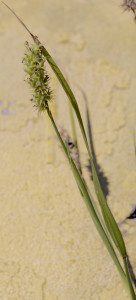
Did you know Sandspurs are edible? You would if you read the Green Deane Forum.
Want to identify a plant? Perhaps you’re looking for a foraging reference? You might have a UFO, an Unidentified Flowering Object you want identified. On the Green Deane Forum we — including Green Deane and others from around the world — chat about foraging all year. And it’s not just about warm-weather plants or just North American flora. Many nations share common weeds so there’s a lot to talk about, such as the one to the left. There’s also more than weeds. The reference section has information for foraging around the world. There are also articles on food preservation, and forgotten skills from making bows to fermenting food. Recent topics include: Viola Bicolor. Urban Lawn Weed. Drymaria Cordata. Wild Blueberry blossoms? Foraging Group Ft. Lauderdale. Red Berries. New Member Jacksonville. Huge Thorns on Leaves. How Could An Infant Be Fed By Foraging? Antiseptic and Antihistamine. Gourmet Foraging. Conyza and Chlorophyll. Can Anyone Tell Me The Name of This Plant? NJ Biennial, and Crepis Japonica. You can join the forum by clicking on the button on the upper right hand side of this page.
This is weekly issue 198.
If you would like to donate to Eat The Weeds please click here.

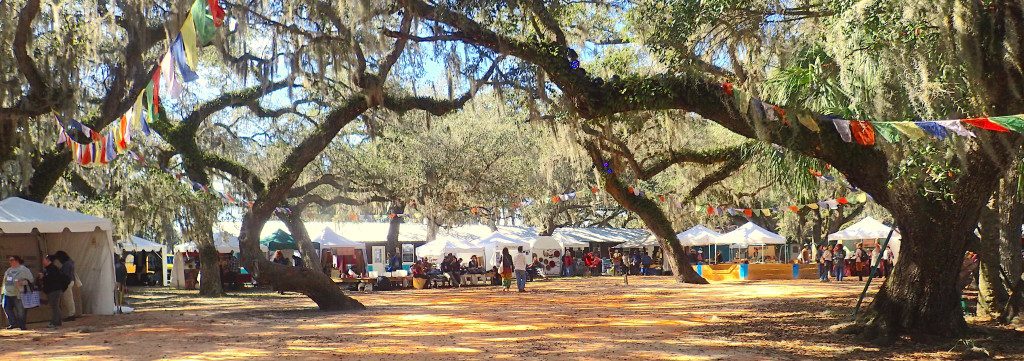
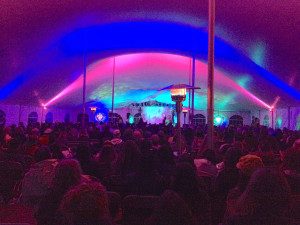
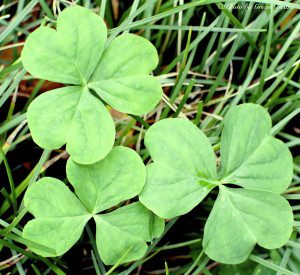
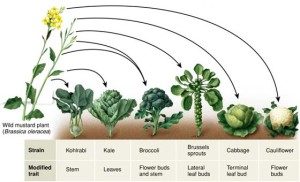
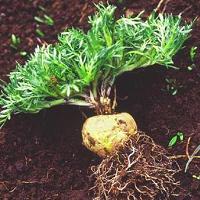
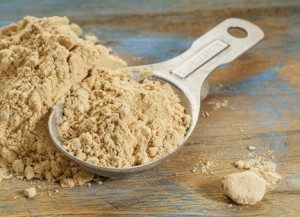
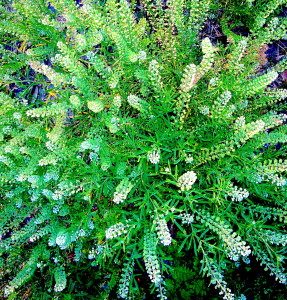
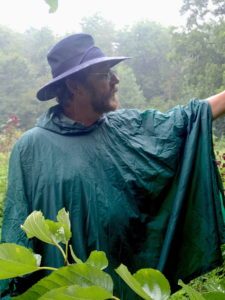
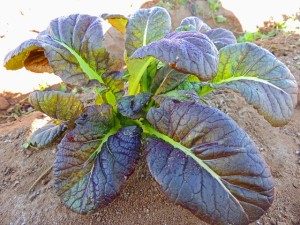
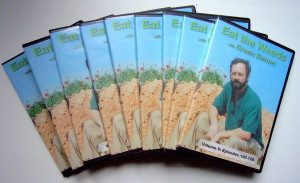

As I felt glorious at this moment of receiving “ Eattheweeds “ , that you and your people of the Florida Herbal Conference are dedicated and “ committed to their cause “ , I said to myself this is ripe time now to send “ Sincere Congratulations to you all “ and I hope to add a comment later on.
Hello Deane-
I was under the impression that different parts of Mustards and Brassicas confer different effects on estrogens and their production; namely that the flower/broccoli and cauliflower heads were pretty estrogenic and the actual seeds of the mustard were anti-estrogenic; not sure about the root and stems.
-jg
I don’t know if you’ve seen this…app…
I am, at least for now, generally against plant identification apps and apps that locate “free” food meaning wild forageables in seasons. I prefer to own information in my head rather than rent it in my hand.
I was about to comment on schimic acid which may take me to estrogen, testosterone or even prostaglandins. As my old age demands talking rather than on prostaglandins and relatives, I preferred to say a word on “ Pines “ somewhat similar to avoid writing about prostate but mention on Saw palmetto as a nutrient for prostate health. Again I thank “ Eattheweeds “ which made me google for “ Pines in Sudan “. Although I know of the Arabic “ Sonoaber “ , it never came to my mind that it is the same for “ Pines “. Now, yes we have Pines in Sudan. They are there living comfortably and covering a wide beautiful tourism area called “ Jebel – means mountain – Murra “ in western Sudan. Briefly, I leave it for the late Khaleel Ismaeel – mercy upon that famous Sudanese singer and poet. The following is part of his song on Jebel Murra :
Gentle breeze together with various blossoms in all space for lovely fragrant smell so to release,
See how great Pines of Jebel Murra in left/right happily dance in harmony with the gentle breeze,
Wonderful how drizzling waterfalls and trickling water tables happily join the new orchestra phase,
All beauty and charm of our earth had a big oath to a get together entertainment at the lovely place.
Unfortunately, war in Darfoar region has degraded tourism, though nowadays authorities claim that all is well in the west and dawn of peace is setting.
Hey Deene,
Have you heard of swamp privett? Its a common edible along the suwannee.
No I have not…Forestiera acuminata. Reportedly the fruit is edible. I don’t have any experience with the species.